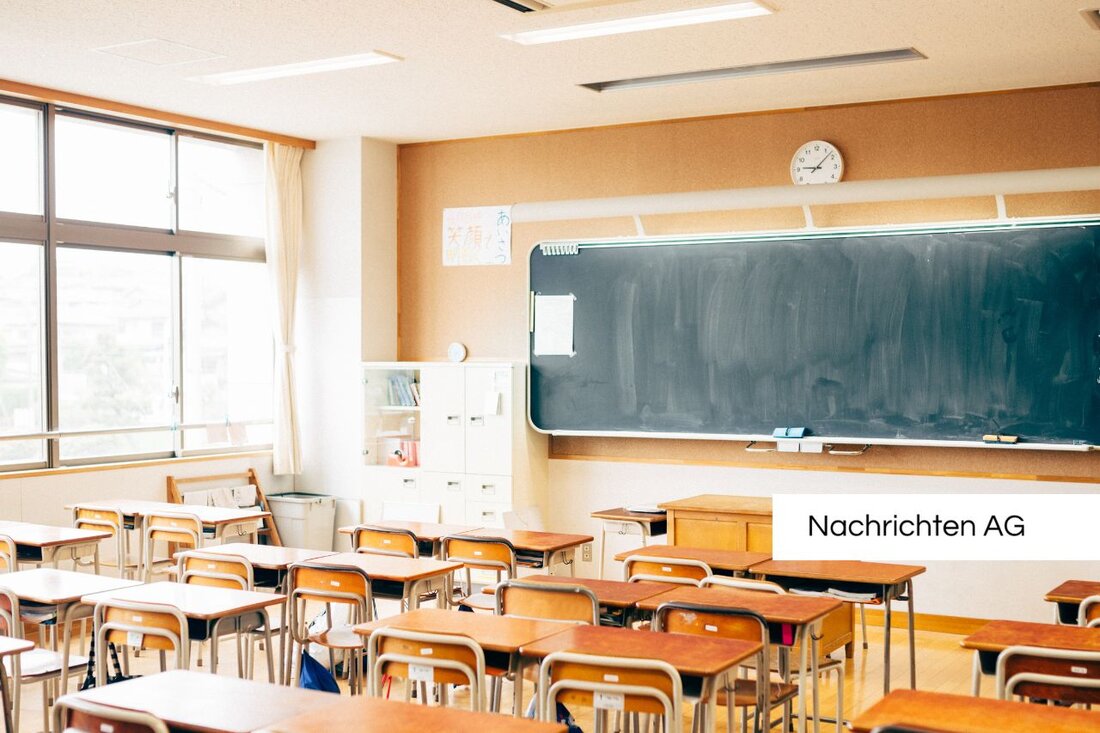Sensation in Lower Saxony: Extensive sturgeon spotted again!
Sensation in Lower Saxony: Extensive sturgeon spotted again!
In a sensational moment for species protection, a European interference (Acipenser Sturio) was recently observed in the Lower Saxony waters, a species that has been considered extinct in Central Europe for decades. A video that was recorded by a local diving school shows the silhouette of the fish. Historically, the European sturgeon was widespread in rivers such as Elbe, Rhine, or and Eider, but completely disappeared due to overfishing, water pollution and interventions in the river landscapes until the 1960s. The last natural inventory in Lower Saxony went out in the Eider in 1969.
Returning projects in Germany and France have started since the 2000s, but the long-lasting sturgeons, which only become sexually mature at 12 to 16 years, are a major challenge for building stable populations. The filmed sturgeon is currently a potential relic, escalated breeding fish or a conscious settlement. The sighting is classified by experts as a glimmer of hope for species protection in German waters, such as Exxpress.at.
tailwind for resettlement projects
The Federal Office for Nature Conservation (BFN) has been supporting research, breeding and resettlement projects for European sturgeon since 1996. Partners are the Leibniz Institute for Water Ecology and Inland Fisheries (IGB) and the Society for the Rescue of the Disturbance (GRS). A central goal of these initiatives is to build up a stable parent animal inventory in order to ensure the resettlement of the European interference. Genetic analyzes show that the last living specimens from the gironde are identical to historical disturbances from the North Sea. As a result, offspring from this region were used for settlement projects in the North Sea catchment area, reports bfn.de.
A remarkable campaign took place on September 13th when 100 young European sturgeons were exposed to the Elbe near Magdeburg as part of a resettlement program. This has been the first offspring for the river since 2015 and is a crucial step to restore a self-conserving interference population, such as blinker.de. Federal Environment Minister Steffi Lemke emphasized the importance of long -term strategies and cooperation for the success of species protection.
long -term perspectives and challenges
The resettlements that were initiated in the 1990s are faced with various challenges. Around 19,600 young distortions have already been suspended in the Elbe, but these came from French offspring, and the programs had to be interrupted in 2014 due to the collapse of these stocks. Currently, the parenting stock in Germany comprises more than 400 animals that are between 6 and 13 years old and are kept in large breeding facilities on the IGB to enable offspring.
The resettlement and the preservation of these impressive species are not only of ecological, but also of cultural importance. The European sturgeon is considered an ecological indicator of the state of river systems. His return could therefore not only strengthen the ecosystem, but also serve as a sign of successful cooperation in environmental research and in nature conservation.
| Details | |
|---|---|
| Ort | Magdeburg, Deutschland |
| Quellen | |


Kommentare (0)